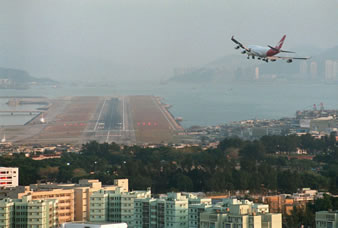Aircraft Operations
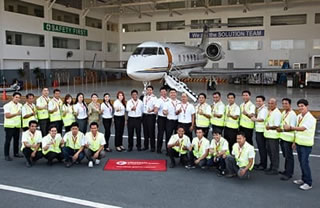
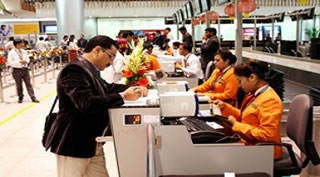
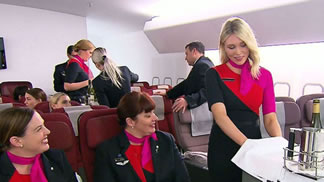
At the flight planning stage the pilots study the route and weathers and check on expected traffc. Each airline will have a fuel policy that has been approved by the country of operation. This fuel policy must meet international standards. Here is a link to give you an idea of what is involved. https://aviation.stackexchange.com/questions/3740/what-are-the-icao-fuel-reserve-requirements

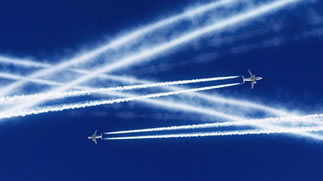
A very heavy plane might be only able to climb to 32,000 feet so it will need 31,000 feet to fly West or 29,000 ft to fly East. Fuel is consumed as your flight progresses and as the aircraft weight decreases to a certain level, the pilots will request a climb. This might depend upon the wind along that route. When encountering very strong headwinds it is not unusual to fly well below the optimum level for the weight of the plane. If you would like to know more I suggest you look here: https://www.skybrary.aero/index.php/Pre-flight_Preparation

So just like car drivers have road rules, pilots have air rules to obey.

Flight plan stage. If your destination weather is such that an alternate is required then your flight must carry enough fuel to be able to divert to an alternate airport. If the alternate requirement has a time limit, for example your destination airport is expecting fog until 9am, then you do not need to carry an alternate as long as you have suffcient fuel to hold until 9:30am (a buffer of 30 minutes).d If there are thunderstorms forecast for an hour at destination, then that's hour's holding fuel is all that is legally require to be carried. I never found weather foecasting to be that accurate!
If enroute and the weather at your destination airport changes to now requiring an alternate your flight cannot fly past a PNR (point of no return) airport unless it has the legal amount of fuel to fly to your destination and carry enough fuel to divert to an alternate airport. You cannot nominate an alternate airport which itself requires an alternate. Technically you can but you must carry fuel to cover the holding time at the alternate. If the weather at your destination airport changes after your flight has passed beyond the PNR airport, then your crew will have to do the best they can. They will most likely divert your flight straight away to an airport with better weather.

Operationally, a passenger flight operating to an airport within the USA must carry an alternate if there is weather below 2,000 ft above ground level, or the visibility is less than 3 miles forecast one hour before to one hour after a flight. You cannot nominate an airport as an alternate that needs an alternate, unless the alternate only needs one hour’s holding fuel to cover changeable weather.
If your flight is from (say) Frankfurt to New York, and all the airports capable of handling your size plane on the East Coast and in as far as far as Chicago all require an alternate, you are most likely going to have delays, and in most cases your flight will not depart. If your plane can operationally carry enough fuel to be able to fly to New York and then to divert from New York to St Louis ( not having weather problems) then there will only be slight problems. It is a long way from New York to St Louis and would depend upon expected traffc that would use St Louis as alternate and if it makes economic sense to carry such a huge extra amount of fuel, before such a flight would depart.
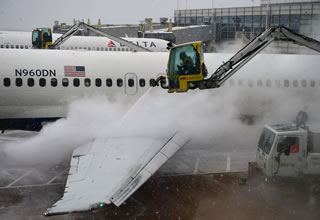
If you were to fly from New York to Bermuda (lucky you!) and New York was suffering a blizzard as was the whole East Coast, and Bermuda weather was fne, you could depart because the flight is only about an hour long. Bermuda does not require an alternate. Bermuda is magic!
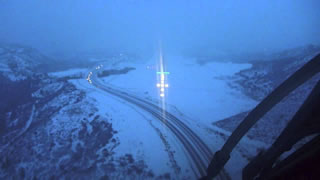
Another unusual problem is the case of an isolated airport as destination. For example Tahiti. Airlines will have a different isolated airport fuel policy. You can get a general idea here: https://www.theairlinepilots.com/forum/viewtopic.php?t=1158 What they call a pre determined point is a PNR
The pilots on a flight to Tahiti, say from Los Angeles, will need to check the Tahiti weather before they pass a PNR on Honolulu. The flight cannot fly beyond PNR Honolulu unless the flight has the legal amount of fluel required on Tahiti.
The alternate requirements for airports vary around the world. The USA requirements are quite tough due to the very high density of air traffc. See youtube videos on understanding alternate airport requirements.

I will add more operational information to answer various questions when I am asked.
May 10, 2019
